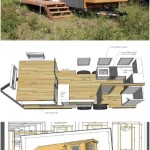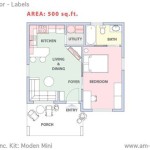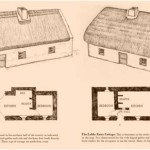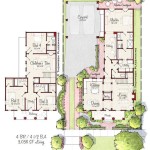House Plans With Verandahs: Essential Aspects to Consider
House plans with verandahs offer a unique blend of indoor-outdoor living, creating a charming and welcoming atmosphere. Verandahs extend the living space, providing additional areas for relaxation, entertainment, or simply enjoying the outdoors. However, planning a house with a verandah requires careful consideration of various essential aspects.
Verandah Design
The design of the verandah plays a crucial role in determining its functionality and aesthetic appeal. Consider the following factors:
- Size and Location: Determine the size and location of the verandah based on your lifestyle and the orientation of the house to maximize natural light and minimize sun exposure.
- Shape and Structure: Choose a verandah shape (L-shaped, U-shaped, or rectangular) and structure (open, enclosed, or semi-enclosed) that complements the architectural style of the house.
- Roofing and Flooring: Select roofing materials (e.g., tiles, shingles) and flooring materials (e.g., wood, stone) that enhance the overall design and provide durability.
Verandah Features
Incorporate features to enhance the functionality and comfort of the verandah:
- Seating: Choose comfortable seating arrangements (e.g., chairs, benches, outdoor sofas) that maximize relaxation and encourage indoor-outdoor living.
- Lighting: Install ambient and task lighting to create a welcoming atmosphere and extend its usability into the evening.
- Storage: Consider built-in storage solutions (e.g., cabinets, shelves) to keep items like cushions, blankets, and other outdoor accessories organized.
Indoor-Outdoor Connections
Seamlessly connect the verandah with the indoor living spaces:
- Wide Openings: Install large windows, doors, or folding doors to create a smooth transition between the verandah and the living areas.
- Matching Styles: Ensure the design and materials of the verandah complement the interior of the house, creating a cohesive and inviting space.
- Flowing Layout: Plan the layout of the house and verandah to foster a natural flow of movement between the indoor and outdoor areas.
Climate Considerations
Adapt the verandah design to the local climate:
- Sun Exposure: Orient the verandah to optimize sun exposure or shade, depending on the climate and desired ambiance.
- Wind Protection: Incorporate windbreaks (e.g., screens, plants) to create a sheltered outdoor space in windy conditions.
- Moisture Resistance: Choose materials and finishes that withstand moisture and humidity.
Practical Considerations
Address practical aspects to ensure the verandah is both functional and enjoyable:
- Maintenance: Select materials and finishes that require minimal maintenance and withstand the elements.
- Privacy: Consider incorporating privacy screens or landscaping to create a secluded outdoor retreat.
- Accessibility: Ensure the verandah is accessible to all family members and guests, regardless of mobility.
Conclusion
House plans with verandahs offer a delightful way to enhance indoor-outdoor living. By considering the essential aspects of design, features, indoor-outdoor connections, climate considerations, and practicalities, you can create a verandah that perfectly complements your lifestyle and environment. A well-planned verandah will extend your living space, provide a serene oasis, and create lasting memories for years to come.

Mediterranean House Plan Coastal Home Floor

The Veranda House Plan 3742 Country Design Unique Plans Living

2 Bedroom Guest House Floor Plan With Verandah Plans Luxury Tiny

Beach Cottage House Plan With 4 Bedrooms And Vast Veranda 3352

Country Cottage Plans With Wrap Around Porch Indoor Pool

Floor Plan Friday 4 Bedroom Verandah Natural Light Plans House Design

Minimalist Floor Plans With Porches Houseplans Blog Com

Floor Plan Friday Love The Front Verandah Plans Home Design Theater Room

1 Bedroom Single Y House Plan With Spacious Full Length Veranda Cool Concepts

New Bungalow Style Home Plan With Carport








